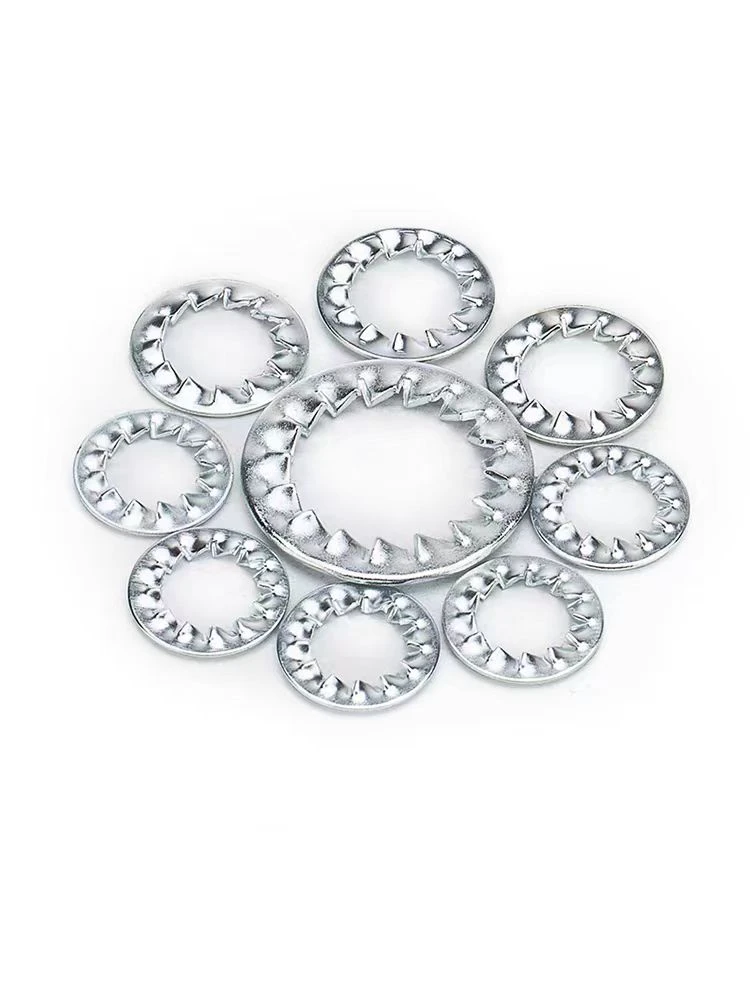

Guidelines for Installing Self-Tapping Screws into Concrete Surfaces Effectively
Oct . 13, 2024 21:34 Back to list
Guidelines for Installing Self-Tapping Screws into Concrete Surfaces Effectively
Self-Tapping Screws into Concrete A Comprehensive Guide
When it comes to fastening materials to concrete, traditional methods such as using anchors or toggles can be tedious and time-consuming. However, self-tapping screws have become a popular alternative due to their efficiency and ease of use. This article delves into the specifics of using self-tapping screws into concrete, examining their advantages, installation techniques, and important considerations.
What Are Self-Tapping Screws?
Self-tapping screws are specially designed fasteners that create their own threads as they are driven into a material. This unique feature allows them to be used on various substrates without the need for pre-drilling, saving both time and effort. When it comes to concrete, self-tapping screws are often made from high-strength materials like steel or stainless steel with a corrosion-resistant coating, enabling them to withstand the harsh conditions often found in construction and outdoor environments.
Advantages of Using Self-Tapping Screws in Concrete
1. Speed and Efficiency One of the most significant advantages of self-tapping screws is the speed of installation. Since there is no need for pre-drilling, the overall process is faster, making it ideal for large jobs or projects that demand quick turnaround times.
2. Strong Hold Self-tapping screws, when designed specifically for concrete, can provide a robust and secure hold. The threads they create in the concrete enhance their grip, reducing the risk of loosening over time.
3. Versatility These screws can be used for various applications, including attaching fixtures, mounting brackets, and securing wood frames directly to concrete walls or floors. Their adaptability makes them an essential tool for both DIY enthusiasts and professional contractors.
4. Cost-Effectiveness The ease of use and the elimination of additional tools (such as anchors) make self-tapping screws a cost-effective solution for many fastening needs.
Installation Techniques
While self-tapping screws are relatively easy to install, following proper techniques is crucial for achieving the best results.
1. Choosing the Right Screw It's essential to select self-tapping screws specifically designed for concrete. These screws usually have a sharp point and coarse threads to penetrate the hard surface of concrete effectively.
self tapping screws into concrete

2. Preparing the Site Make sure the area where you'll be installing the screws is clean and free from dust or debris. This helps in achieving a better grip and prevents any obstructions during the screwing process.
3. Using the Correct Tools A power drill with a suitable driver bit is the best tool for installing self-tapping screws into concrete. Some screws may require a hammer drill for optimal results, particularly in very hard concrete.
4. Drilling Technique Position the drill at a 90-degree angle to the surface of the concrete. Start slowly to avoid damaging the screw, increasing the speed as the screw penetrates deeper. It’s crucial to maintain consistent pressure for a secure fit.
5. Finalizing the Install Once the screw is fully embedded, it should sit flush with the surface of the concrete. Avoid over-driving, as this can strip the threads and compromise the hold.
Important Considerations
While self-tapping screws offer numerous advantages, it's essential to consider some factors before installation
- Load Capacity Ensure that the screws you choose can handle the weight they will support. Always check the manufacturer's specifications.
- Concrete Conditions The type and condition of the concrete can significantly affect the drilling process. Older or cracked concrete may require different approaches.
- Weather Resistance If you're working in an outdoor environment, consider using stainless steel screws or those treated to resist corrosion.
- Health and Safety Wear appropriate safety gear, such as goggles and gloves, to protect against concrete dust and debris during installation.
Conclusion
Self-tapping screws have revolutionized fastening methods into concrete, providing a simple, efficient, and strong solution for various applications. By understanding their benefits and following proper installation techniques, you can achieve secure fastening in no time. Whether for DIY projects or professional jobs, self-tapping screws stand as a reliable choice for anyone working with concrete.
Latest news
-
Hot Dip Galvanized Bolts - Hebei Longze | High Strength, Corrosion Resistance
NewsAug.01,2025
-
High-Strength Hot Dip Galvanized Bolts - LongZe | Corrosion Resistance, Custom Sizes
NewsAug.01,2025
-
Best Self Tapping Screws for Drywall - Fast & Secure Installation
NewsJul.31,2025
-
High-Strength Hot Dip Galvanized Bolts-Hebei Longze|Corrosion Resistance&Customization
NewsJul.31,2025
-
Hot Dip Galvanized Bolts-Hebei Longze Metal Products|Corrosion Resistance&High Strength
NewsJul.31,2025
-
Hot Dip Galvanized Bolts-About LongZe|High Strength, Corrosion Resistance
NewsJul.30,2025

